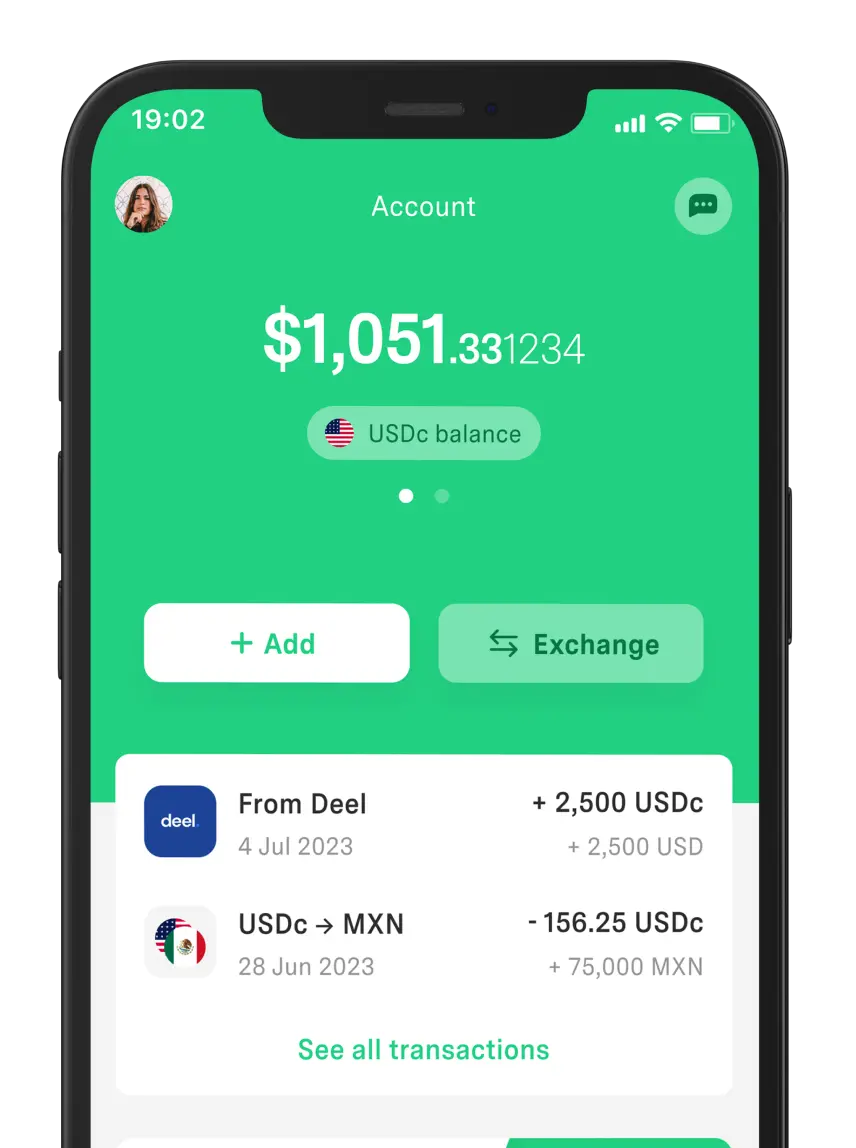Credit note: Definition, when it should be issued and example
What is a credit note?
A credit note is a legal document that corrects or cancels an invoice that has already been issued, either totally or partially. It is also known as a "credit memo" or "corrective invoice." It's more popularly known as a CFDI of expenditure (Electronic Fiscal Document for Expenses) in Mexico.
The document allows financial records to accurately reflect commercial transactions. Therefore, it is essential for maintaining transparency in accounting and freelance invoicing to avoid discrepancies and potential fiscal issues.
What is a CFDI of expenditur used for?
A credit note is useful when a return, discount, or bonus needs to be applied after an invoice has already been issued. Since the issued invoice cannot be undone, a credit note can be applied to a paid invoice. It also serves to reduce the income recorded on previous invoices.
The intention is to cancel a previous transaction and have it reflected in the business's accounting records. Any Mexican company, as part of the different types of mercantile companies, handles this process to ensure the integrity of their accounting records and, therefore, comply with tax regulations.
When to issue a credit note?
A credit note should be issued when an existing invoice needs to be corrected. This can occur in various situations, such as:
If the customer was overcharged.
If the service was not provided as billed.
If there was an error in the original invoice.
If the customer returns the product.
If a discount was not applied after the invoice was issued.
As a freelancer, it's important to issue the credit note as soon as possible since it is the best way to maintain the accuracy of financial records and also to ensure a good relationship with the customer.
Credit note in accounting
Generally, issuing a credit note involves a refund in the transaction. Once a credit note is issued, it is sent to the client along with a copy of the original invoice to manage the money return. It might be that instead of a refund, a voucher or discounts for future services are offered.
This involves adjustments in the accounting records, as it's necessary to record the corrections made to the original invoices. This means reducing the funds that have already been recorded, which could affect the income and expense balance.
A correct credit note also helps to avoid potential fiscal penalties by the authorities.
Essential elements of a credit note
A credit note contains several key elements, including:
The number of the original invoice that is being corrected.
The date of issuance.
The reason for the note.
The amount to be discounted or adjusted.
The tax information of both the issuer and the receiver.
A detailed description of the related products or services, and any other information that explains the reason for the note.
All these elements must be present for the validity and clarity of the document, facilitating accounting and fiscal management.
Example of a credit note
Suppose you own a small or medium-sized business in Mexico dedicated to design, and you issued an invoice for 5000 MXN for work. However, the agreement stated that the client would have a 10% discount, but this was not applied in the original invoice.
You must then issue a CFDI of expenditure to adjust the original invoice. The document will include the agreed discount, which equals 500 Mexican pesos, and adjust the total billed amount accordingly.
The CFDI of expenditure will include the following information:
Reason: Discount applied to the original invoice.
Value of the discount: 500 MXN.
New balance to be paid by the client, considering the discount: 4500 MXN.
Date of issuance.
Information of the client and the company.
As mentioned, the CFDI of expenditure is sent to the client along with a copy of the original. This way, the cancellation of the amount registered in the original invoice can be verified.
By doing so, the original invoice will be updated. Just make sure to reflect the exact details of the agreed discount and any other necessary adjustments in the transaction.
This document becomes a vital tool for financial management in your freelance career. And there are various useful software for canceling issued invoices, like SumUp, for example.
Another resource you can use to your advantage is DolarApp. The app gives you the opportunity to charge for your invoiced services in Mexican pesos or dollars, in case you have clients abroad.
 Freelancer tips
Freelancer tips 

 Freelancer tips
Freelancer tips 
 Freelancer tips
Freelancer tips 
 Freelancer tips
Freelancer tips 